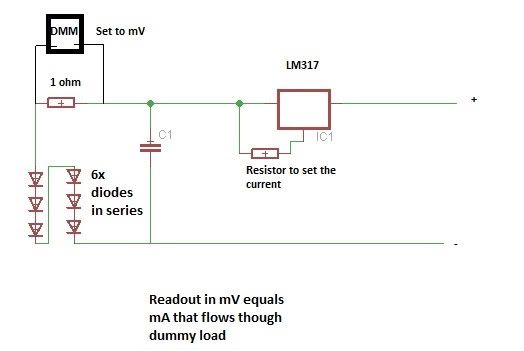I have a 2W blue lasre in a housing, specificallyhttp://www.amazon.com/gp/product/B00HFHJBDI/ref=oh_aui_detailpage_o00_s00?ie=UTF8&psc=1 this one.
I am using the standard LM317 driver circuit.
This laser is rated to 1.8A I know it is not good to max it out all the time.
I am checking the voltage across a shunt resistor of 1 ohm directly in line with the diode. The voltage measures .216V or 216 milivolts. So Using I = V/R we get .216 / 1 OHM = I of .216 amps going to the diode?
Is this correct or did i miss something?
Thanks
I am using the standard LM317 driver circuit.
This laser is rated to 1.8A I know it is not good to max it out all the time.
I am checking the voltage across a shunt resistor of 1 ohm directly in line with the diode. The voltage measures .216V or 216 milivolts. So Using I = V/R we get .216 / 1 OHM = I of .216 amps going to the diode?
Is this correct or did i miss something?
Thanks







